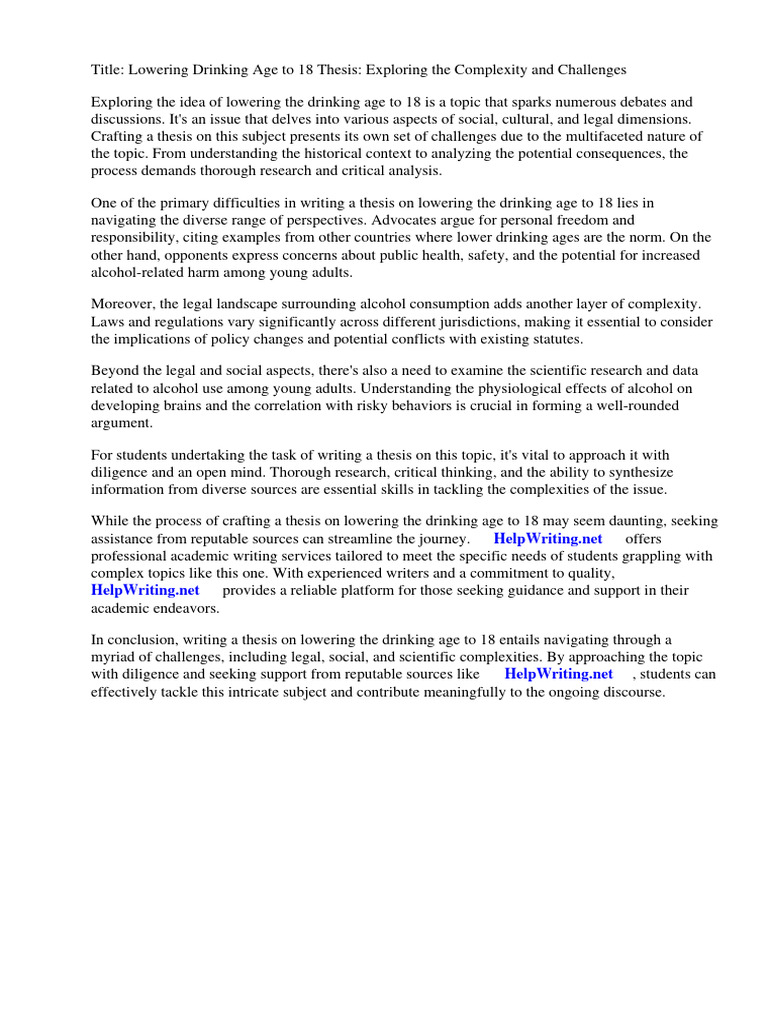Imagine a college campus bustling with students enjoying the freedom of adulthood—yet held back by a law that seems out of sync with contemporary societal values. Why is it that in a nation that permits 18-year-olds to vote, serve in the military, and marry, they cannot legally enjoy a glass of wine with dinner? The debate surrounding the legal drinking age in the United States has reignited recent interest, particularly among university communities advocating for its reduction to 18.
Proponents of lowering the legal drinking age argue that the current restriction not only fosters a culture of rebellion but also inadvertently drives underage drinking underground. When young adults are prohibited from consuming alcohol legally, they tend to seek unsafe venues or engage in dangerous binge-drinking behaviors. This paradox invites a vital question: Does the current legal framework truly protect our youth, or does it push them towards more perilous choices?
Additionally, numerous colleges across the country, spearheaded by student organizations and faculty, have begun campaigns to reassess the efficacy of the National Minimum Drinking Age Act of 1984. Key arguments pivot around the notion that by recognizing 18-year-olds as responsible enough for the civic duties of voting and military service, society should also allow these individuals to make decisions regarding alcohol consumption. Echoing this sentiment are academicians who emphasize the importance of education over prohibition. They suggest that structured environments where young adults can learn to drink responsibly are more effective than the current punitive measures.
Moreover, lowering the drinking age could potentially help to mitigate the culture of secrecy that often surrounds alcohol. By allowing access to alcohol in social settings such as bars and restaurants, young adults could learn moderation in a public forum rather than through clandestine house parties. However, this progressive stance isn’t without its critics. Opponents worry that easing restrictions will exacerbate issues related to alcohol abuse and inhibit young people’s ability to make sound judgments.
The challenge, therefore, lies in balancing autonomy and safety. Institutions need to cultivate a robust framework that prioritizes education and responsible drinking alongside the push for changing legislation. Ultimately, the call for reducing the drinking age invites a broader dialogue regarding the rights and responsibilities bestowed upon young adults. As the nation grapples with these complex questions, it is evident that the topic is far from settled, eliciting impassioned responses from all corners of society.
